Blended Learning: Not your Mother’s, Grandmother’s, or Possibly Even Older Sibling’s Training
Association eLearning
JULY 2, 2015
They want information to be relevant to their needs and presented in a variety of ways which appeal to how they learn. Let’s look at Melanie’s learning experience to see how a well-designed blended learning program can help improve the learner experience. Incorporate course wikis or blogs for collaboration.



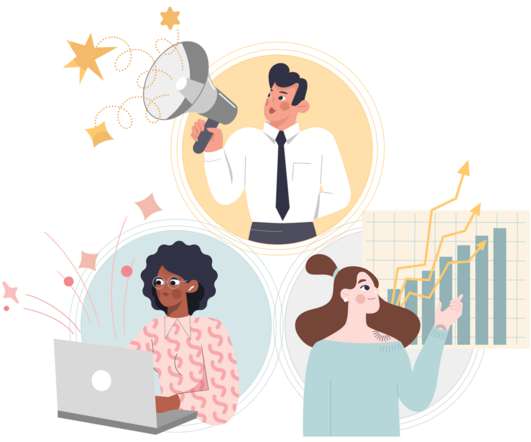

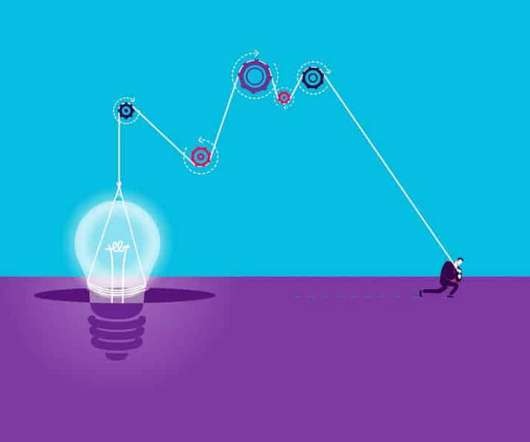


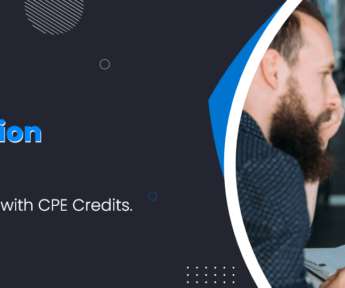





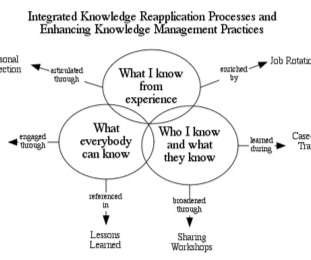


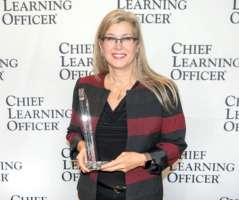

















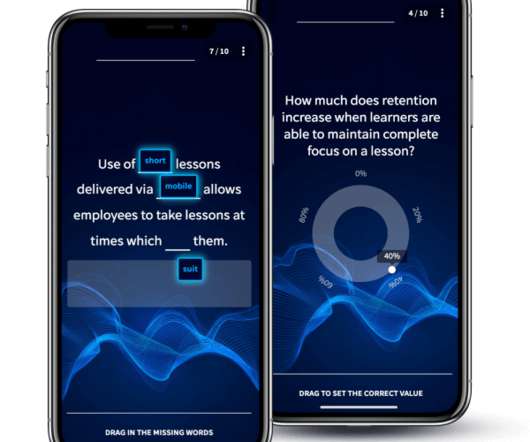













Let's personalize your content